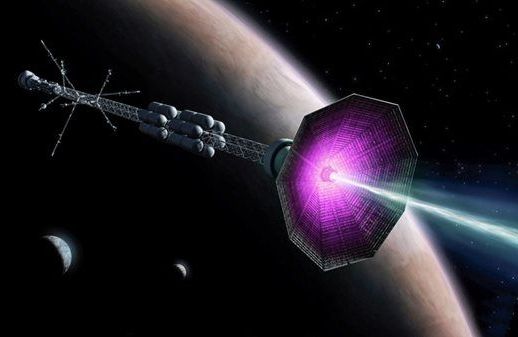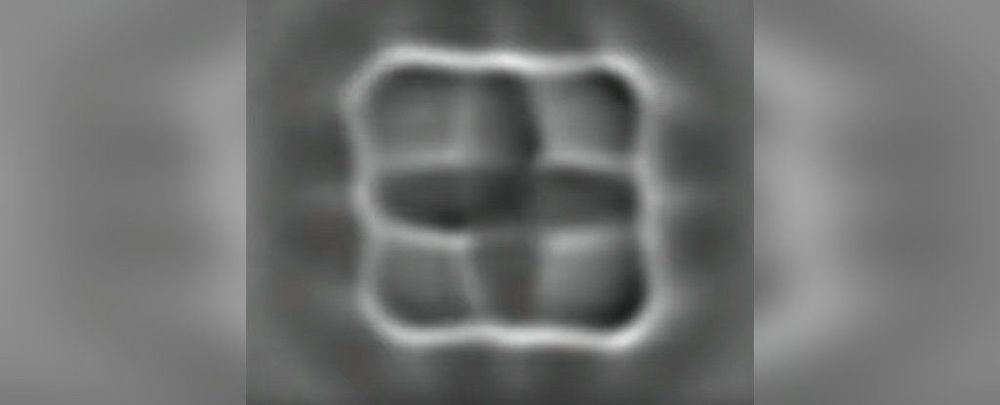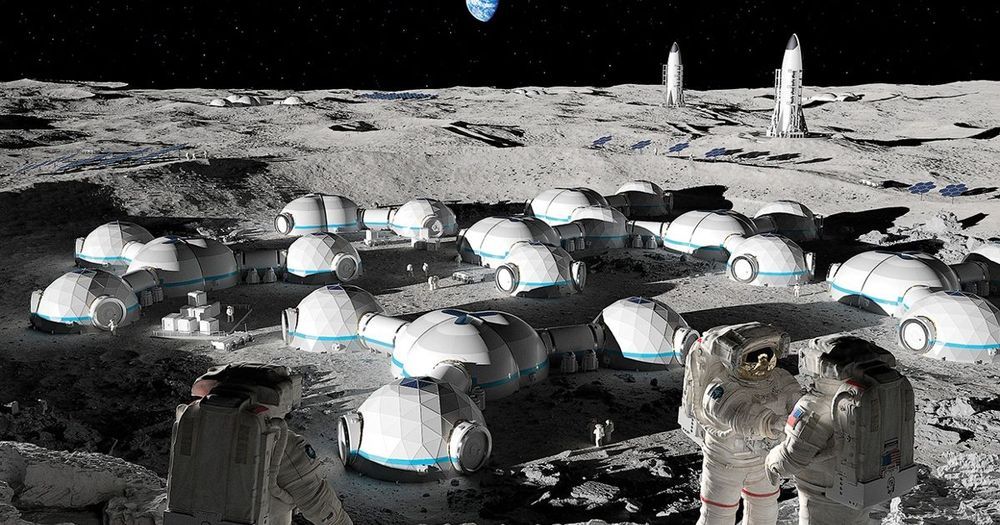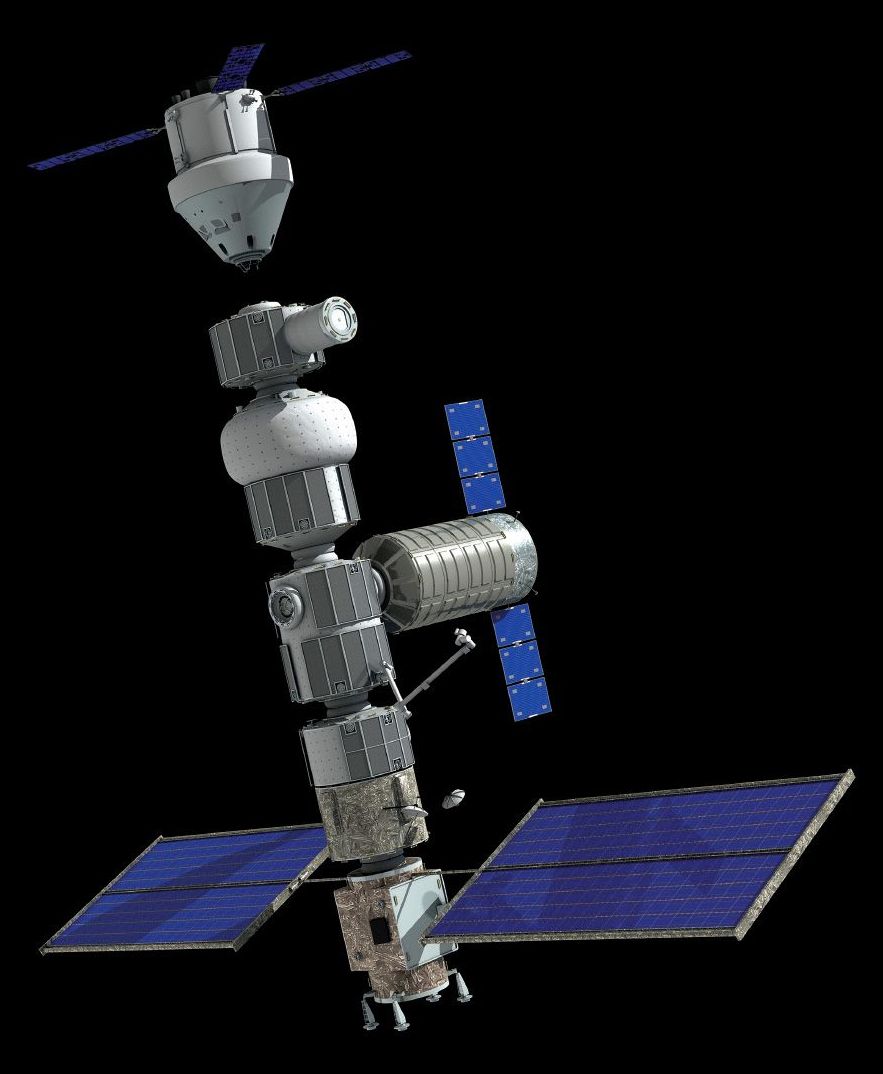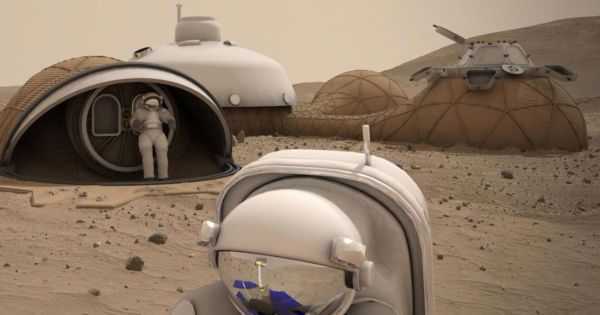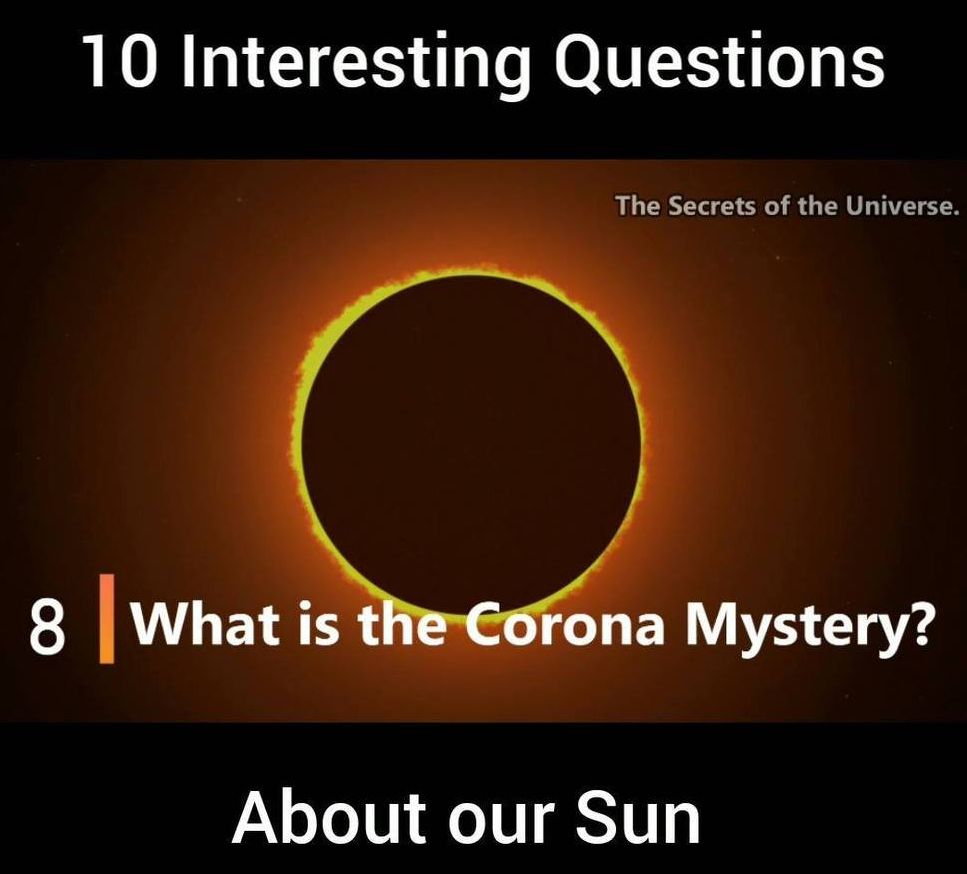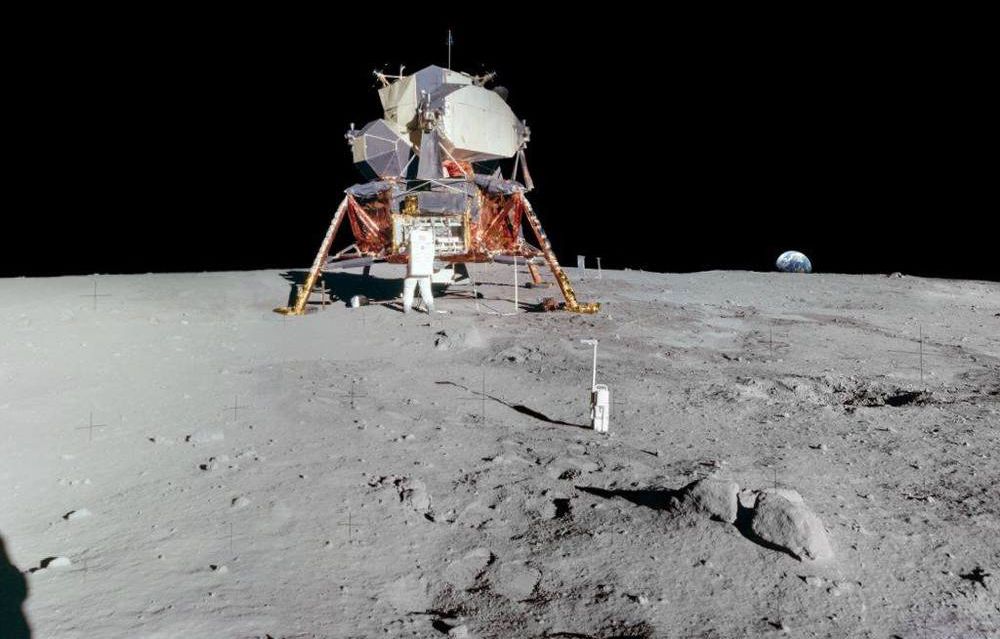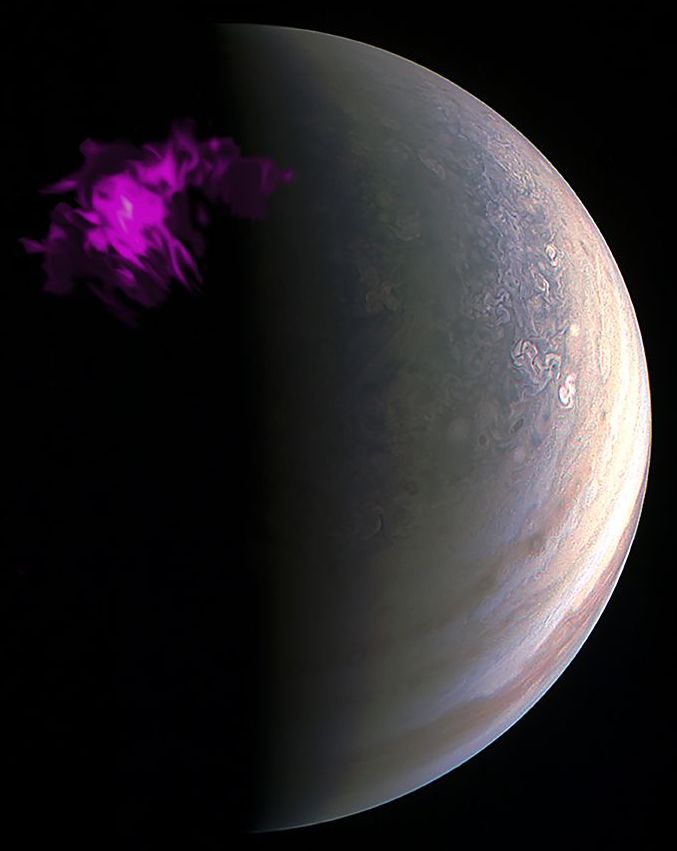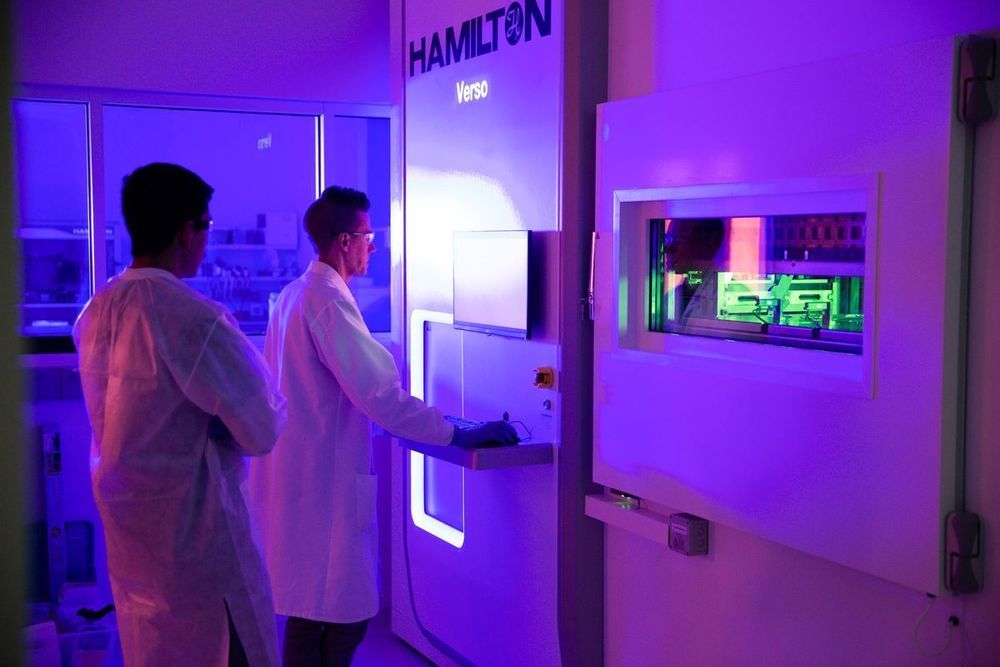The idea of propelling rockets and spaceships using the power of the atom is nothing new: the Manhattan Project in the mid-1940s as well as countless endeavours by NASA in the following decades all explored the possibility of using fission-based reactions to provide lift-off thrust. Today, progress made in controlled nuclear fusion has opened a new world of possibilities.
Have fusion, will travel
Posted in particle physics, space travel
